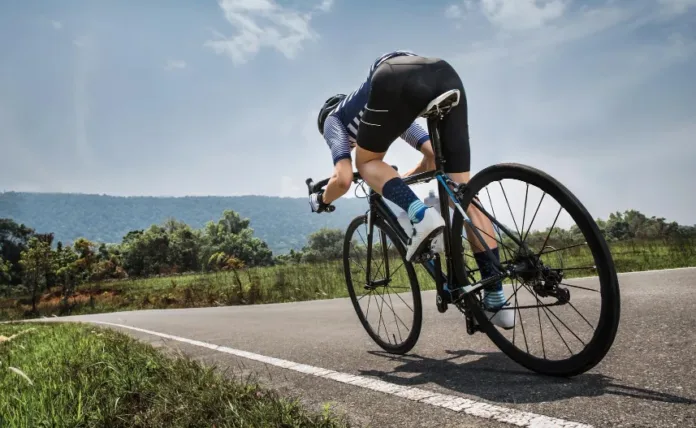Council hopes Warwickshire’s Tour of Britain showcase will drive a surge in cycling
Warwickshire is positioning itself as Britain’s next big cycling destination after the county once again played host to the Lloyds Tour of Britain earlier this month. The council believes the high-profile event has the potential to spark a lasting boom in interest and transform the area into a magnet for riders of all levels.
On 5 September, thousands of spectators lined the streets to watch the Tour pass through Warwickshire for the third time, with the latest stage running from Atherstone to Burton Dassett Hills Country Park. Riders covered 116.2 miles, navigating through some of the county’s most picturesque and challenging roads before finishing at the scenic hilltop park.
The county council hailed the event as a huge success, with councillor Darren Cheshire describing the day as a chance to showcase Warwickshire’s strengths. He said the race had “shone a spotlight on what makes Warwickshire special” and added that he hoped it would encourage more people to get on their bikes and explore the area.
Officials believe the exposure from the Tour will have a direct impact on participation. The council said the number of local cycling clubs is expected to grow in the coming weeks, with more riders taking to the roads as a result of the spotlight the race brought. For local communities, the event was more than a one-day spectacle: it was a chance to highlight Warwickshire’s potential as a cycling hub.
Many local riders got involved in the day’s festivities. Members of clubs across the county organised their own rides to join in the atmosphere, with some even riding sections of the official Tour route ahead of the professional peloton. Kenilworth Wheelers Cycling Club was among those that embraced the occasion, arranging a ride to various points along the course.
Embed from Getty ImagesClub chairman Adam Witchell said the Tour had been invaluable in promoting Warwickshire’s appeal. He described it as a “fabulous way of putting the county on the map as a cycling destination” and highlighted the variety of routes available to riders. “We’re so lucky in Warwickshire to have such a great network of roads to ride on, whatever your level or experience, and the Tour of Britain celebrated that so well,” he said.
The success of the stage is also seen as a way of boosting the county’s economy. Cycling tourism has become a growing sector in parts of the UK, with regions like Yorkshire and the Scottish Borders attracting thousands of visitors after hosting major events. Warwickshire officials are hoping for a similar effect, betting that the county’s combination of challenging climbs, scenic countryside and historic towns can bring in visitors long after the race has ended.
The Tour of Britain’s profile offers a rare opportunity to market Warwickshire to a national and international audience. Organisers say the return of the race for a third time shows the county’s infrastructure and enthusiasm are recognised at the highest level. By turning that exposure into grassroots growth, Warwickshire hopes to build a long-term legacy for cycling.
For now, the buzz is still strong among local enthusiasts. Clubs have reported increased interest from new riders and younger cyclists inspired by the sight of professional teams racing through their hometowns. The council is keen to seize the moment, pointing to community rides, infrastructure projects and partnerships with clubs as ways to sustain the momentum.
As the dust settles on another successful stage of the Tour of Britain, Warwickshire is already looking ahead. The council’s ambition is clear: to turn one exhilarating day of racing into years of growth, positioning the county firmly on the UK’s cycling map.
